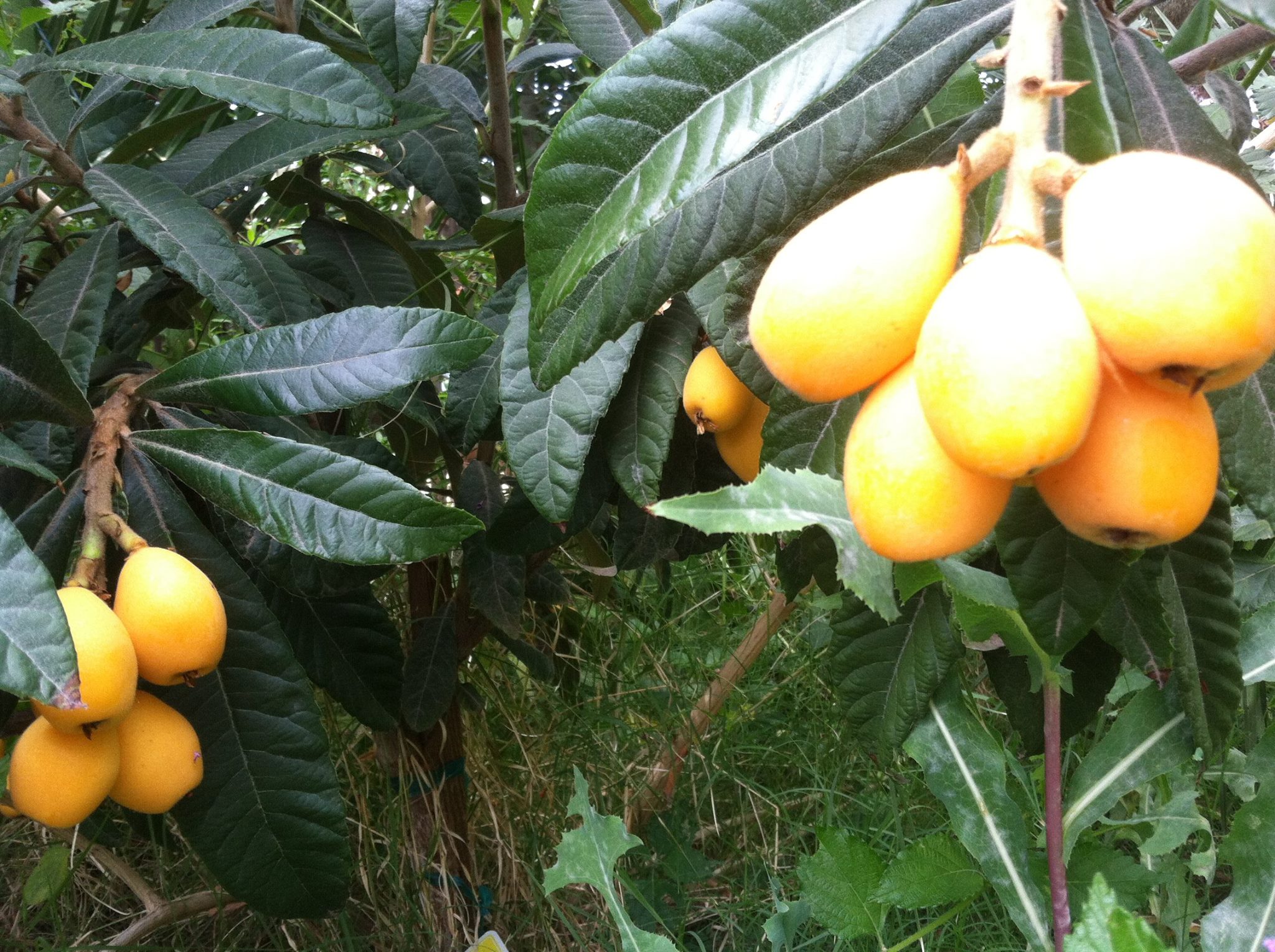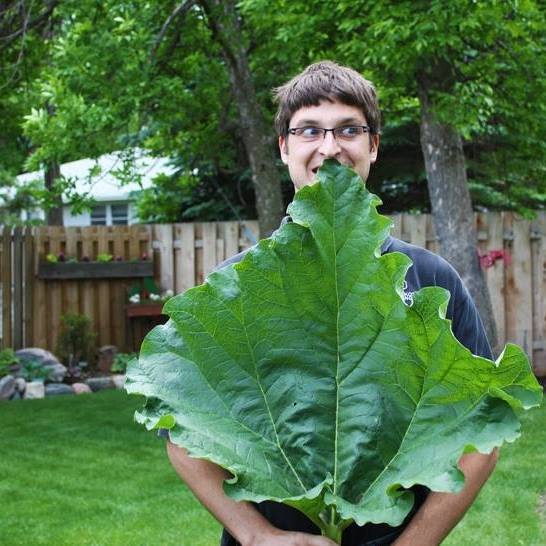
By Rebecca Diane
When arriving at Jay Barringer’s lush urban food forest in a typical neighborhood in northern Mesa, it is an extraordinary sight. The layers upon layers of green leaves climbing in every direction are a stark contrast to the standard barren landscape of the desert. Trees reach for the sky while vines twist around them, climbing their way through a vibrant jungle. The songs of joyful birds travel through the fresh air, attracted by the forest of trees that most people would only dream could be grown in the desert.
Mangoes, avocados, loquats, passion vines, pears, dragon fruit, kiwi, pineapple guava, cherries, apples, every kind of citrus imaginable – the list is almost endless. At least 300 food-bearing plants are established on Barringer’s 1/3-acre property, and he plans to experiment with much more. Although it may seem crowded, he assures the plants don’t compete for nutrients and, in most cases, they actually help each other out. “The competition for light actually encourages faster growth,” Barringer explained.

At Barringer’s Food Forest Extravaganza, a semi-annual event where he lets the public wander around his urban forest, Barringer gives an informational presentation to people wanting to grow their own fruit bearing trees. He speaks about the basics of soil health, watering guidelines, creating a microclimate, and the seven layers that make up the ecology of a food forest.
This precept, familiar to permaculture enthusiasts, is an important principle for successfully integrating trees or plants that may not thrive in the desert on their own. Starting out with planting large, quick growing trees gives the younger, more delicate plants a chance to become better established before they reach into the harsh desert sun or get damaged by intense seasonal winds. This layering method sets up more hospitable conditions for these plants to spend their youth, and encourages cooperative development of varieties of plants with varying needs.
Many urban desert fruit growers see these layers as flexible, and some trees or bushes can fulfill or be included in several layers depending on how they are grown and pruned. In some forest environments there are even more layers added to include the fungal/microbial and/or aquatic levels of cooperative plant life.
The seven basic layers of a food forest are:
Canopy: The tallest tree layer: Mulberry, Pecan, Carob, etc.
Sub-canopy: Most fruit trees fit in this category: Citrus, Apples, Peaches, Loquat, Moringa, etc.
Shrub Layer: Pomegranate, Guava, Figs, etc.
Herbaceous Layer: Many Vegetables, Herbs, etc.
Ground Cover: Legumes, Creeping Herbs, Wheatgrass, etc.
Rhizome Layer: Carrots, Ginger, Oca, etc.
Vining Layer: Passion Vine, Kiwi, Grapes, Blackberries, etc.
Jay’s food forest began as an experiment, and he encourages others to grow their own. He offers classes and foodscaping consultations where he inspires and educates others about the incredible possibilities of growing edible food forests in the desert.
For more information, visit Jay’s Facebook page at facebook.com/ediblefoodscaping.
Rebecca Diane is a writer and Master Gardener with a degree in Sustainable Food Systems. She has worked in the holistic health industry for 13 years and is an Herbal Apprentice at Siphon Draw Apothecary. Rebecca is a backyard medicinal herb farmer who loves to play music, practice yoga, and create a sustainable kitchen at home.







How do I reach Jay Barringer?
PS I live in Lake Havasu City ,Az.–thanks EV Hefner
Hello J Berringer- I was wondering where did you buy your Rainbow tree ? can you spare some seeds ?
Sounds very interesting I need help in my gardening, being from Boston I did garden and great at growing but out here I can’t grow anything.
So I would love you to send the address so I can come to see it I live in n Phoenix carefree highway.
Thank you
John F Griffin.